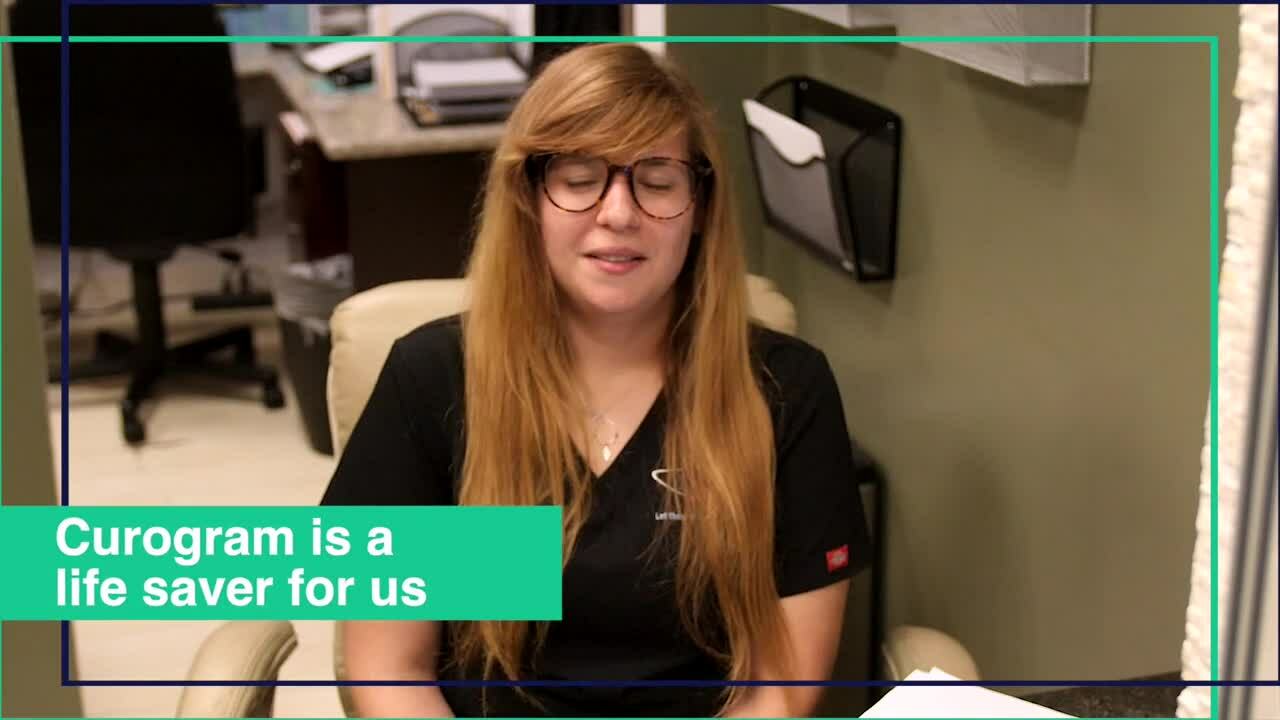With all the office tasks, appointments, phone calls, and even personal errands, there may seem to be too much on your plate than you can handle daily, even with staff to assist.
Most people tend to multi-task just so they can get things done on time, but believe it or not, that unlikely helps them at all. According to Rubinsteim, Meyer, and Evans (2001), people lose time when switching from one task to another, resulting in a loss of productivity. It can be overwhelming, but deciding to do all of your tasks at one time may ruin your concentration and you lose focus.
As most healthcare organizations are often busy, given that patients are coming in and out of the office all day, you should consider reassessing the way you manage your schedule. You can follow the practices below if you want to maximize your time and productivity and maintain a full schedule and thriving practice.
Proper scheduling can improve your productivity.
Breaking down all of your tasks one at a time helps you accomplish what needs addressing first. In healthcare offices, it’s understandable that the staff gets busy. It’s also understandable that you want to change that to avoid them being overwhelmed and help everyone accomplish their tasks on time, especially when it comes to keeping patient appointments on schedule. Patients have other personal commitments aside from their appointments with you.
Arranging your schedule to prioritize the most important tasks over minor objectives can improve your productivity not only at work but in your personal life as well. Set your priorities. Make a list of urgent tasks and another list of tasks you can do later. That way, you can have a clear sight of what you need to do and can fill your schedule to attend to patients in a timely manner without distractions.
Optimize time management
It’s proven that managing your time well can increase productivity. Discover ways where you and your staff can optimize your time management. For you to do that, you must know where your time is going. You can set up a system to track your routine and see if you’re making progress. Another way to optimize your time management is to include an innovative software such as:
- 2-way text messaging
- Electronic patient forms
- Online appointment booking
Integrating these methods to your system makes it easier for the patients to book their appointments to you. Communication between you and your patient becomes clearer as well, that means you can save time from having misunderstandings and miscommunications.
Managing your time is a proven strategy for keeping your schedule filled. By doing so, you feel more comfortable adding to your appointments without worrying about running behind or missing a task.
Determine Your Available Time
Identify how much time you want to devote to work and your personal life. You may begin by setting up the time you want to make available for your work.
For instance, if you want to keep patients loyal, it might be wise to evaluate their needs and make adjustments to your schedule to show you care. Adding telehealth to your system brings convenience to you and your patients. If you wish to have non-work-related activities, decide the time you want to allocate to that and make sure your staff knows you are unavailable at that time. Then make a plan to address high-priority tasks around your off-time.
Schedule High-Priority Tasks
Review your to-do list and schedule the high-priority and essential tasks as priorities to complete first. Organize these tasks at a time in your day that you can be most productive because that’s when you’re most likely to get things done efficiently.
Make a Communication Calendar
A communication calendar is a programmed series of tasks, activities, and events in 12 months. Having a communication calendar is a smart way to complete your appointments, duties, and keep your schedule filled effectively. This method is an easier and better way to stay focused and organized, keep your staff accountable, and meet deadlines.
There are two types of communication calendars: internal communication calendars and external communication calendars. The internal communication calendar is to keep your staff and other employees informed and updated. That can help you sort out important messages and tasks for your organization.
The activities in this calendar may include:
- Blog posts for the career page
- Planned social media posts
- Upcoming events and conferences (and whether you are attending and out of office)
- Company news and announcements
The external communications calendar is for your patients, clients, and the general public.
- Live events, social media chats, and webinars
- Schedules of when blog posts will publish
- Email marketing campaign
Having a communication calendar also serves a crucial role to help your patients understand that you have your lines open for them, and that they can easily schedule appointments at any time of the day. The calendar can also let your patients know about your organization’s updates, like a change in hours or holiday closure, promos, and other special offers. The purpose of adding a communication calendar is in case your office opens again. This practice helps you keep your schedule filled effectively.
It may take significant time before you can completely revamp your medical schedule and fill it comfortably. By implementing these strategies to improve your productivity, your office can sustain a better and efficient schedule, which means you can offer outstanding care to patients, even with a full schedule, and greater accomplishments.


.png)
.png)
 3 Min Read
3 Min Read
 0
Comments
0
Comments


